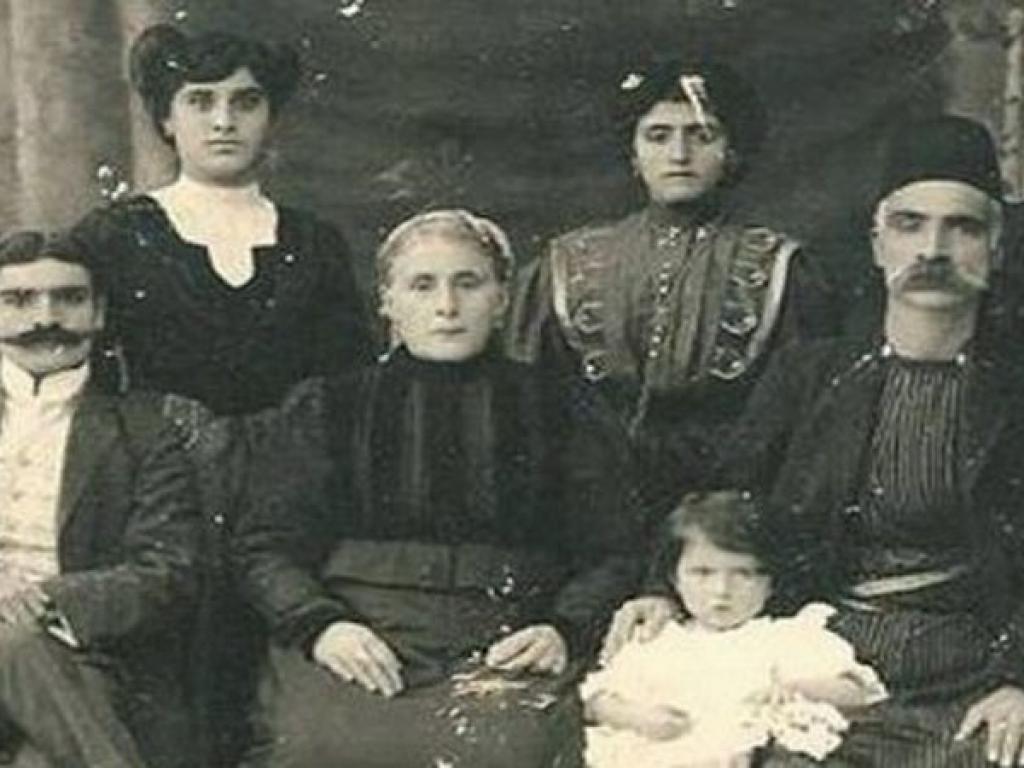In Armenian, the diaspora is referred to as spyurk pronounced was used mostly to refer to the Armenian communities outside the Armenian homeland. It is borrowed from the Aramaic Classical Syriac cognate of Hebrew galut גלות.
History
The Armenian diaspora has been present for over 1.700 years. The modern Armenian diaspora was formed largely after World War I as a result of the Armenian Genocide. According to Randall Hansen, "Both in the past and today, the Armenian communities around the world have developed in significantly different ways within the constraints and opportunities found in varied host cultures and countries." In the fourth century, Armenian communities already existed outside of Greater Armenia. Diasporic Armenian communities emerged in the Sassanid and Persian empires, and also to defend eastern and northern borders of the Byzantine Empire. In order to populate the less populated areas of Byzantium, Armenians were relocated to those regions. Some Armenians converted to Greek Orthodoxy while retaining Armenian as their language, whereas others stubbornly clung on to remain in the Armenian Church despite pressure from official authorities. A growing number of Armenians voluntarily migrated or were compelled to move to Cilicia during the course of the eleventh and twelfth centuries. After the fall of the kingdom to the Mamelukes and loss of Armenian statehood in 1375, up to 150.000 went to Cyprus, the Balkans, and Italy. Although an Armenian diaspora existed during Antiquity and the Middle Ages, it grew in size due to emigration from the Ottoman Empire, Iran, Russia, and the Caucasus. The Armenian diaspora is divided into two communities – those from Ottoman Armenia or Western Armenian and those who are from the former Soviet Union, the independent Armenia and Iran. or Eastern Armenian Armenians of the modern Republic of Turkey do not consider themselves as part of the Armenian Diaspora, since they believe that they continue residing in their historical homeland. The Armenian diaspora grew considerably during and after the First World War due to dissolution of the Ottoman Empire. Although many Armenians perished during the Armenian Genocide, some of the Armenians managed to escape, and established themselves in various parts of the world.
Distribution
Today, the Armenian diaspora refers to communities of Armenians living outside of Armenia. The total Armenian population living worldwide is estimated to be 11.000.000. Of those, approximately 3 million live in Armenia, 130.000 in the de facto independent Nagorno-Karabakh and 120.000 in the region of Javakhk in neighboring Georgia. This leaves approximately 7.000.000 in diaspora. Less than one third of the worlds Armenian population lives in Armenia. Their pre-World War I population area was six times larger than that of present-day Armenia, including the eastern regions of Turkey, northern part of Iran, and the southern part of Georgia.
- Log in to post comments




